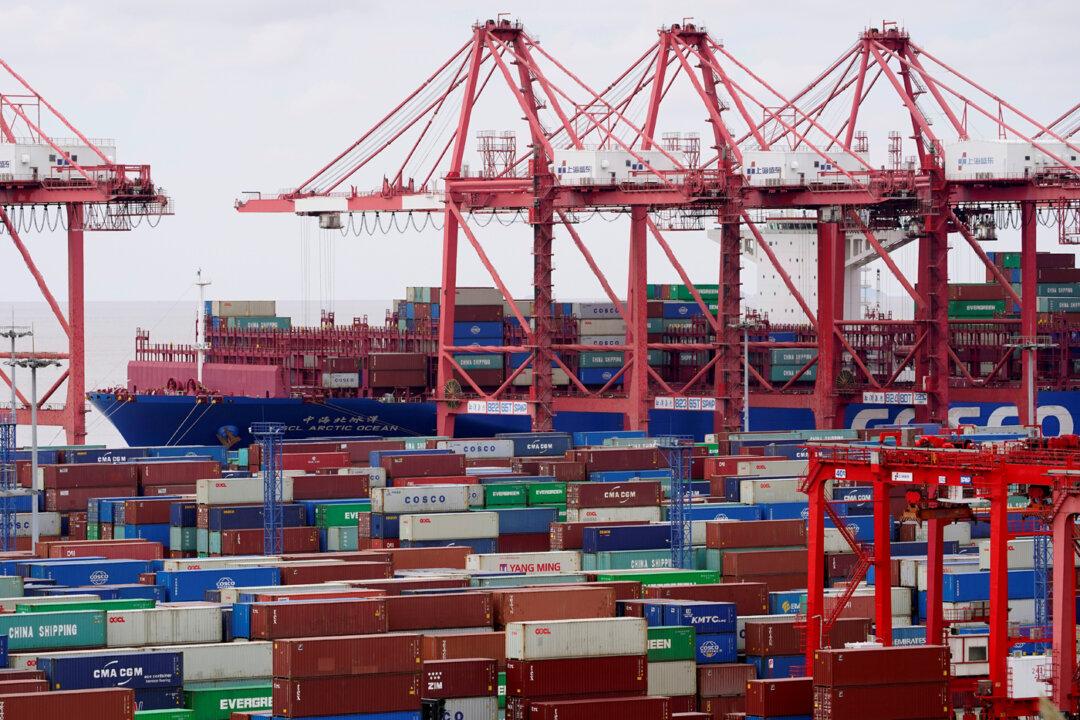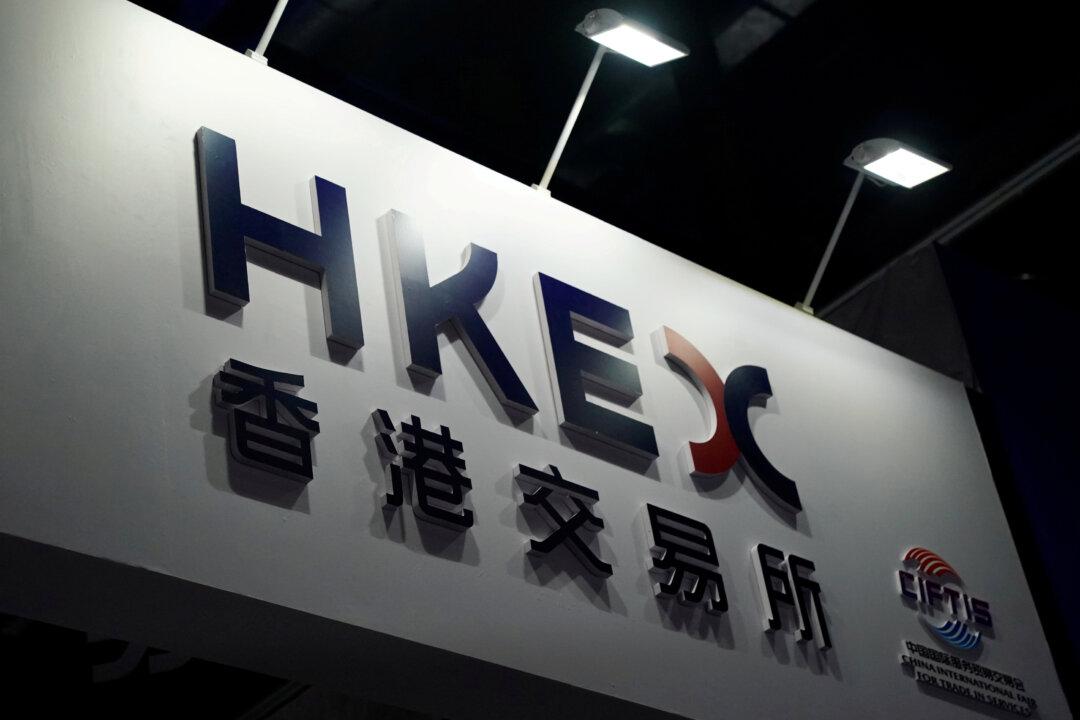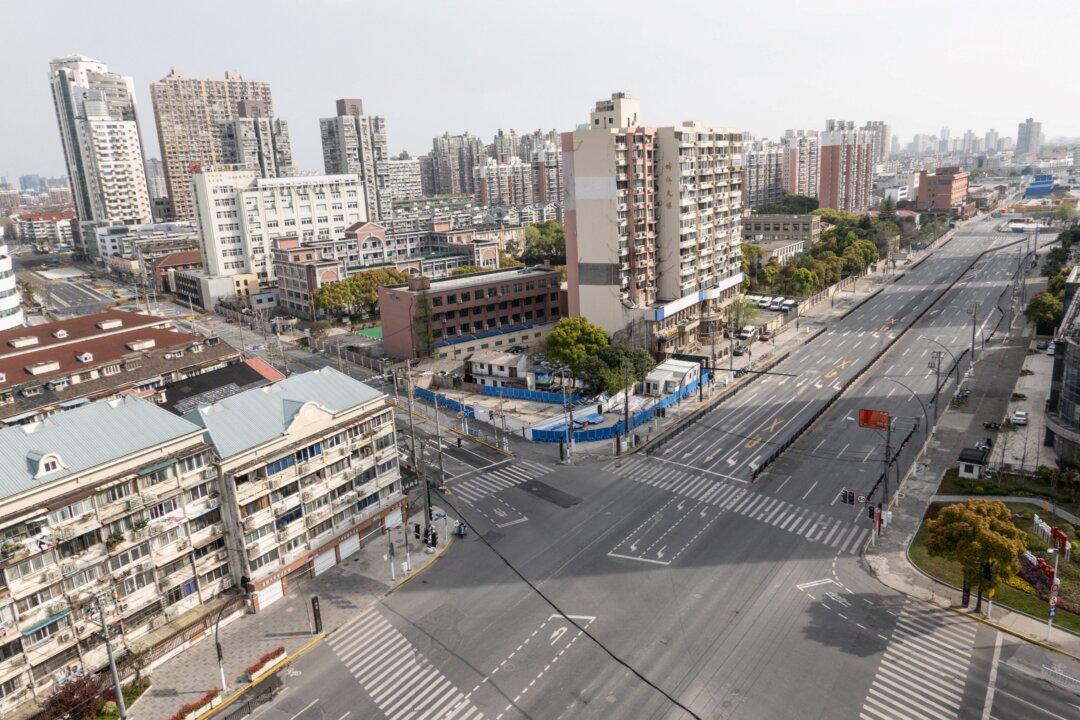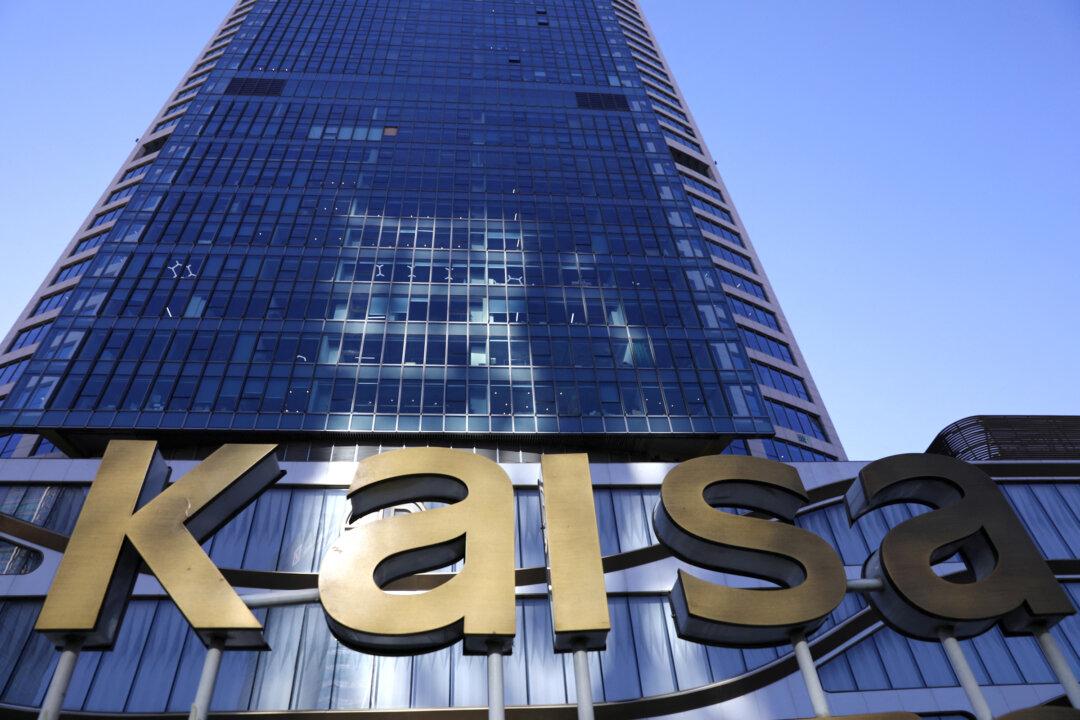China fell more than $200 billion short of its purchase commitments for goods and services in a trade deal that it reached with the United States during the Trump administration, according to a report released Tuesday.
The commitment was made in the so-called Phase One deal, in which Beijing promised to purchase an extra $200 billion worth of American exports above its 2017 levels, before a U.S.-China trade war began.




